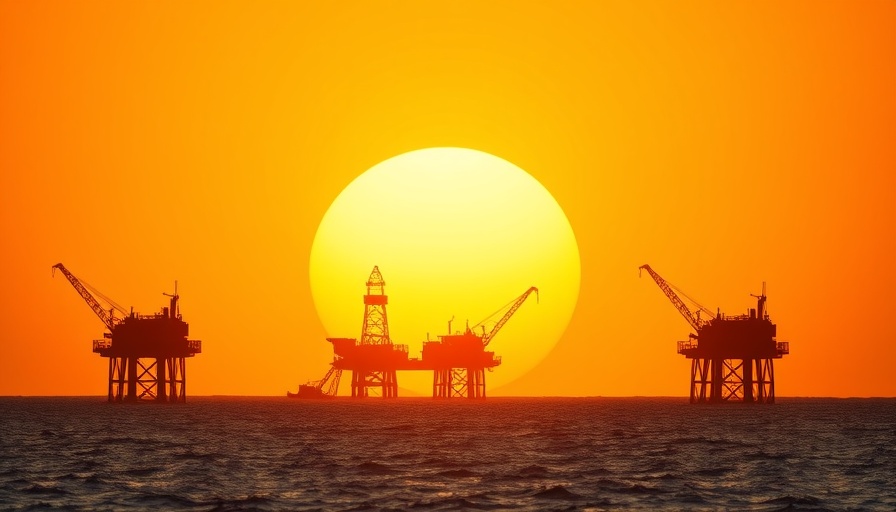
Offshore Oil Platforms Seen As Major Ocean Polluters
Offshore oil and gas operations are under scrutiny as a recent report highlights their significant contribution to ocean pollution. Data from satellite images indicates frequent oil slicks and substantial methane emissions, primarily from transportation and extraction activities.
The Findings of the Recent Report
Researchers from the nonprofit organization, SkyTruth, have undertaken an expansive analysis to identify top sources of pollution from offshore oil. Using satellite data collected between June 2023 and October 2024, they unveiled startling findings: oil leaks, transportation emissions, and methane flaring were not only prevalent but alarmingly disruptive to marine ecosystems.
For the first time, a comprehensive account of the offshore oil and gas industry's environmental impacts has come to light. The researchers categorized facilities into two groups: fixed oil production structures and newer floating production and storage vessels (FxOs). Though there are over 24,000 fixed structures worldwide, four of the ten most polluting facilities are identified as FxOs, with one located in Nigerian waters consistently leaking oil.
Why Nigeria Tops the List
Nigeria, known for its rich oil reserves, dominates the findings. The report indicates that five out of the top ten most polluting offshore facilities are situated in Nigeria. Efforts to control and monitor oil spills in the country have historically depended heavily on self-reporting from oil companies, a method criticized for its lack of reliability. Environmentalists caution that as international oil companies offload aging facilities to local firms with potentially inadequate safety measures, pollution levels may rise.
The Impact of Transportation Emissions
The transportation of oil itself also contributes significantly to atmospheric pollutants. In 2023, approximately 9 million metric tons of greenhouse emissions were attributed to transportation activities related to offshore oil facilities, akin to the total emissions produced by 95 countries. An oil import terminal in California emerged as a major contributor, demonstrating how localized operations can have global implications.
Methane Flare: A Hidden Danger
Furthermore, offshore oil and gas facilities were found to have flared roughly 23 billion cubic meters of natural gas in 2023, predominantly methane, which exacerbates climate change. This flaring resulted in the emission of around 60 million metric tons of carbon dioxide, with major infrastructure in Iran, Nigeria, and Mexico contributing the most.
Underestimations and Future Implications
SkyTruth's findings may still underestimate the actual pollution levels, as some satellites only assess specific areas every 12 days. Christian Thomas, a geospatial engineer at SkyTruth, believes these insights can empower governments and communities to hold oil companies accountable and push for stronger environmental protections.
The Path Forward for Sustainable Practices
This report illustrates the pressing need for advancements in sustainable practices within the oil and gas industry. A shift toward renewable energy and eco-friendly alternatives is essential. The growing global conversation around reducing the carbon footprint, enhancing transparency in operations, and protecting vulnerable ecosystems is crucial now more than ever.
Call to Action
As consumers, we can play an active role in supporting sustainable practices by choosing eco-friendly products and advocating for environmental regulations that compel companies to prioritize sustainable practices. Let’s commit to ‘going green’ and fostering a sustainable future.
 Add Row
Add Row  Add
Add 



Write A Comment